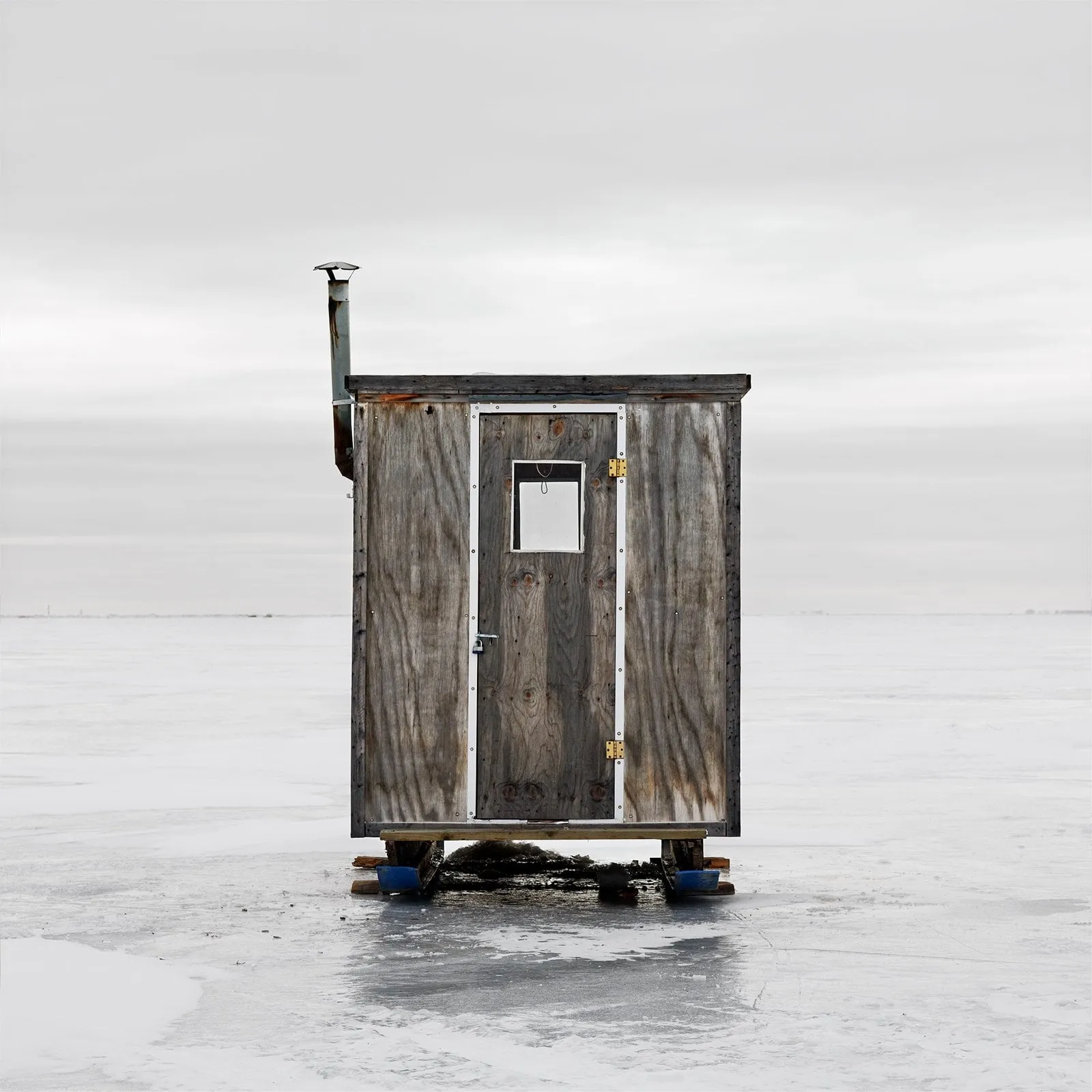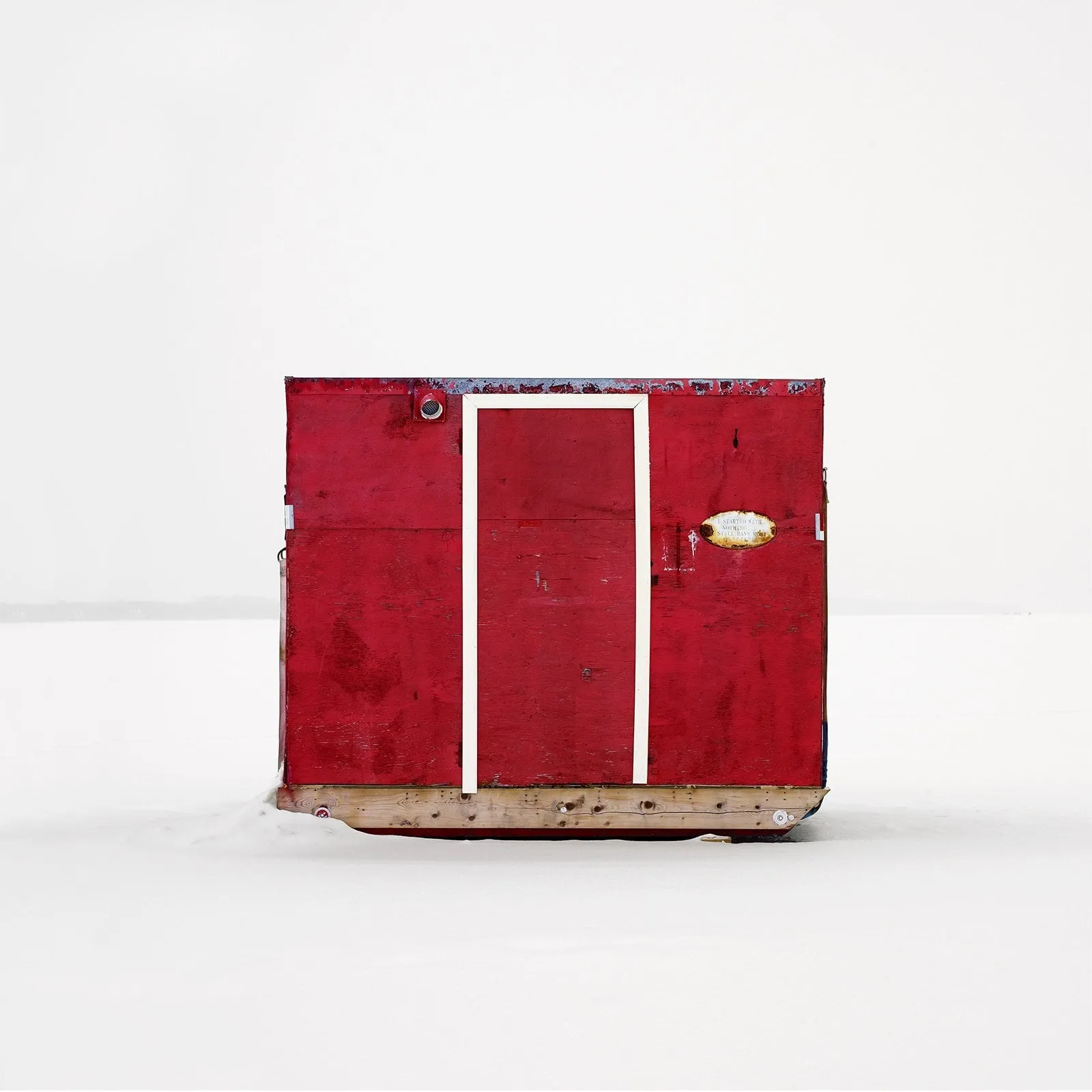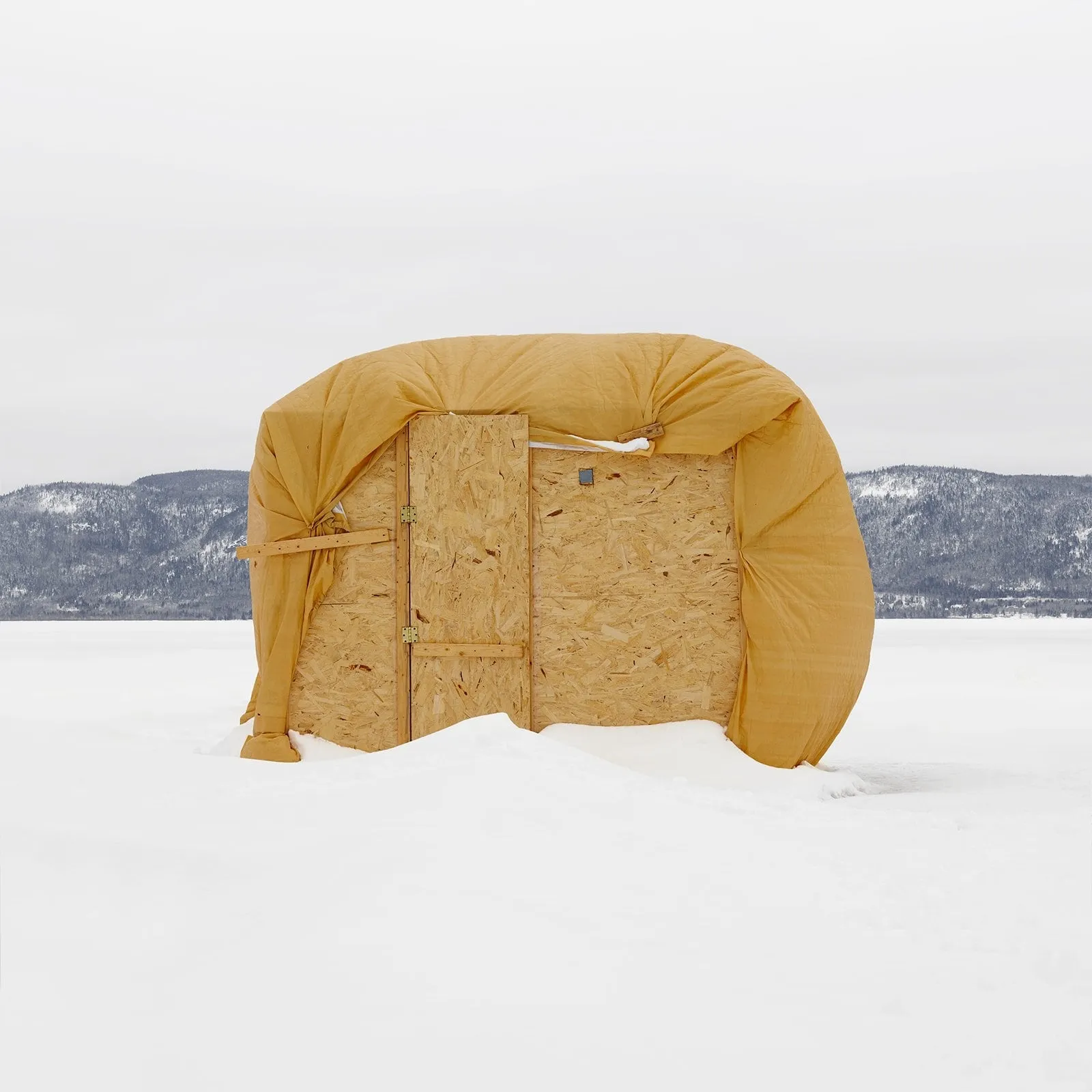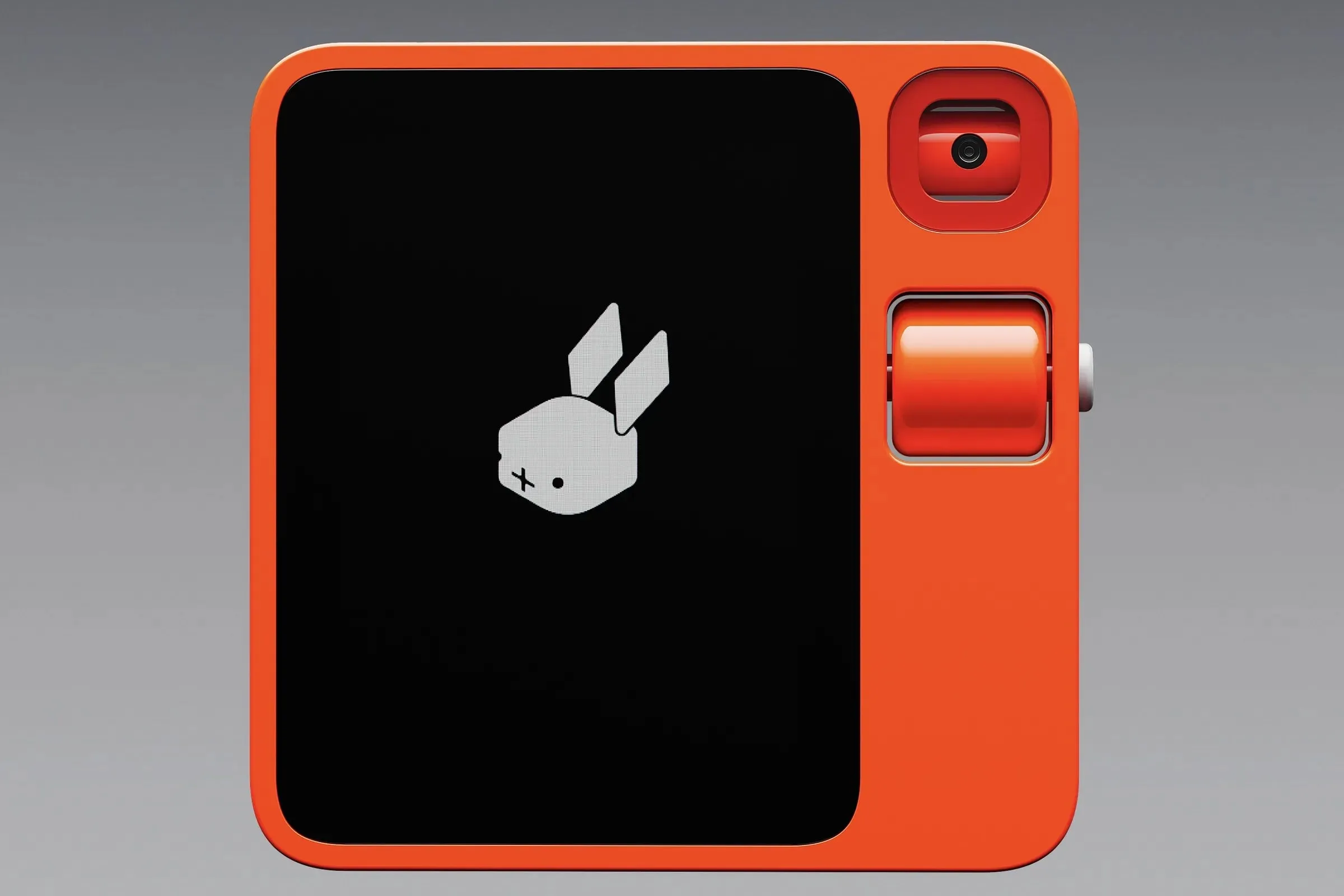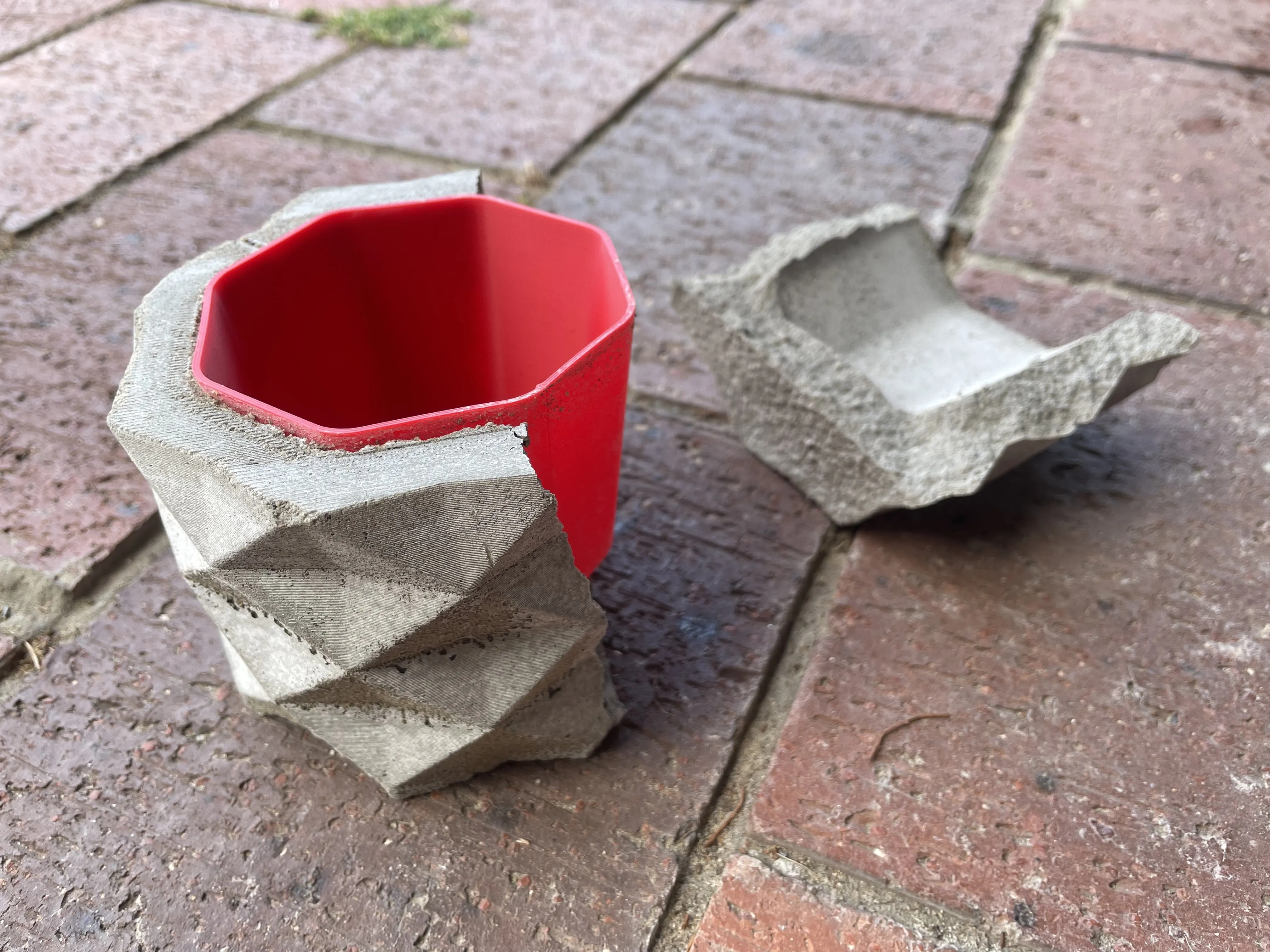After three-plus hours on the treadmill belting out every song on the Eras tour, I can tell you why Swift’s concert training regimen works.
adriau
Ice Huts
richardjohnson.caGoogle Search Really Has Gotten Worse, Researchers Find
404media.coI’m an Ultrarunner. Taylor Swift’s Treadmill Workout Wrecked Me
outsideonline.comTalking out loud to yourself is a technology for thinking
psyche.coLike many of us, I talk to myself out loud, though I’m a little unusual in that I often do it in public spaces. Whenever I want to figure out an issue, develop an idea or memorise a text, I turn to this odd work routine. While it’s definitely earned me a reputation in my neighbourhood, it’s also improved my thinking and speaking skills immensely. Speaking out loud is not only a medium of communication, but a technology of thinking: it encourages the formation and processing of thoughts.
Sex, aggression, and humour: responses to unicycling
ncbi.nlm.nih.govYou Should Try Running, According to Me, Your Friend Who Won’t Shut Up About Running
mcsweeneys.netOld Made Good
oldmadegoodnashville.bigcartel.comThe Rabbit R1
theverge.comPowered by a ‘Large Action Model,’ the $199 R1 isn’t just a chatbot — it’s a device for doing almost anything. Potentially.
The Linda Lindas – Oh!
youtube.comGiBoard
giboardus.comLastFM Playback 2023
December 2023
How to Build a Small Solar Power System
solar.lowtechmagazine.comThis guide explains everything you need to know to build stand-alone photovoltaic systems that can power almost anything you want.


